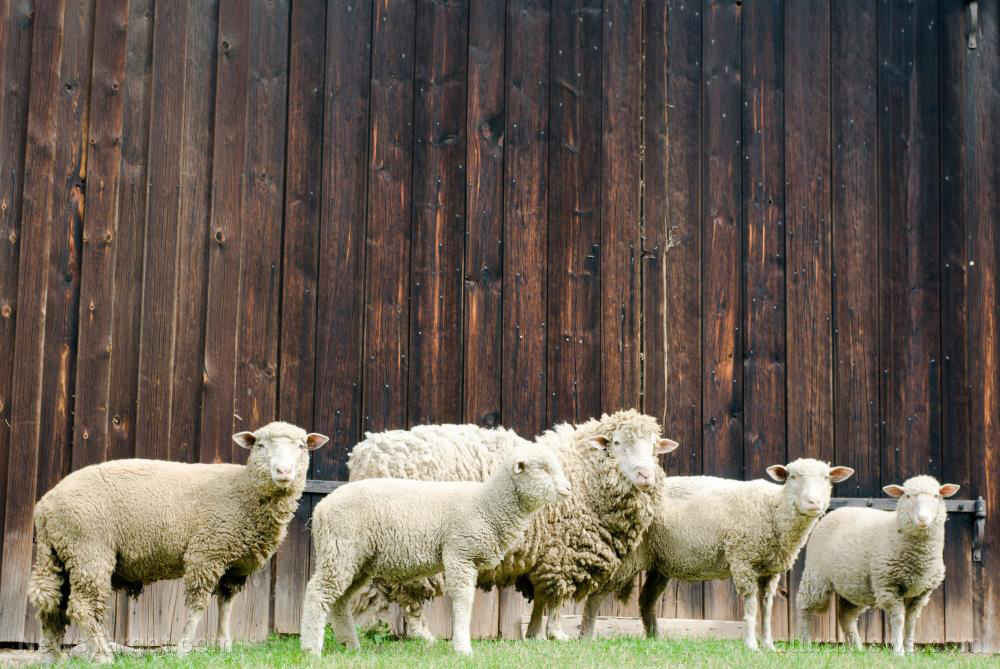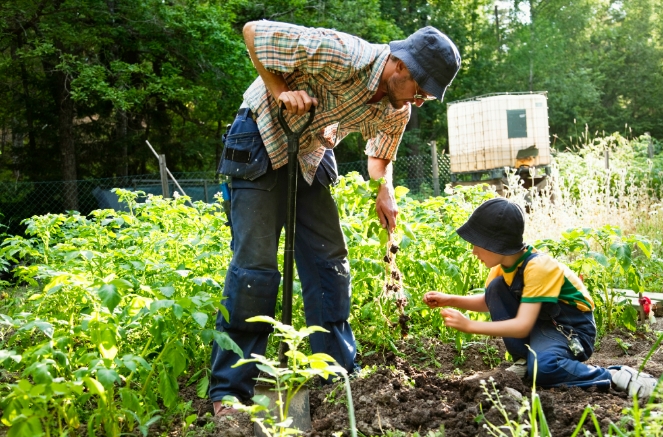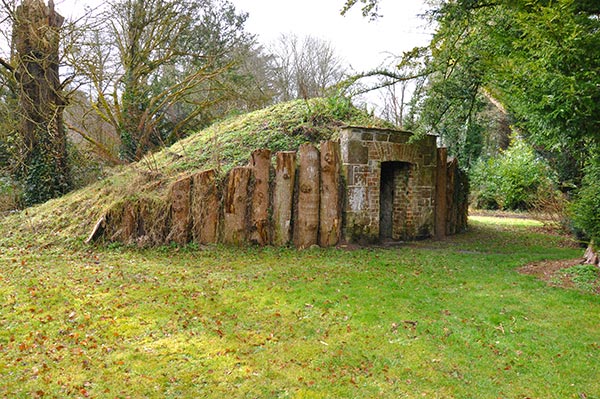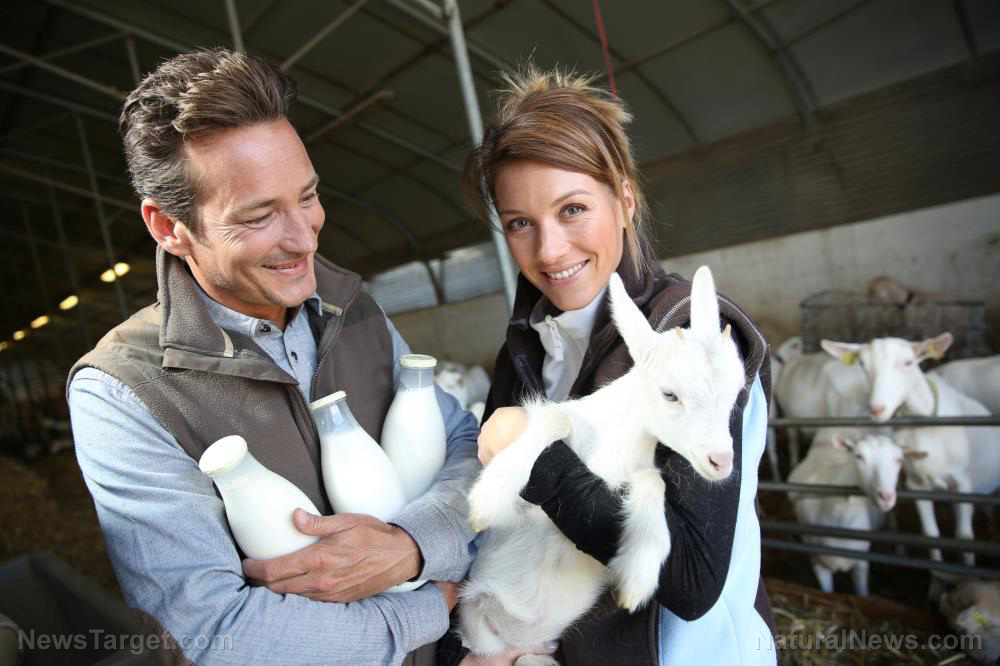Connecticut solar developers want to use sheep to cut grass on their solar farms
04/15/2021 / By Arsenio Toledo

Greenskies Renewable Energy, a solar developer based out of North Haven, Connecticut, petitioned the state to allow the company to use sheep to control vegetation at its solar farm.
Greenskies’ petition reflects a growing interest in the solar industry for what is known as agrivoltaics or agriphotovoltaics, which is the practice of developing a patch of land for the production of renewable energy as well as for agriculture.
“The idea is that we essentially utilize the sheep for vegetation maintenance, and it allows the property to continue in an agricultural use,” said Gina Wolfman, one of Greenskies’ senior project developers for a 4.99-megawatt solar project Greenskies is attempting to establish on a former tobacco farm in East Windsor, Connecticut.
Solar developers are more likely to get their new solar farms approved by the Connecticut Department of Agriculture if they promise to share their sites with sheep. A 2017 state law requires the department to issue a finding as to whether or not developments will have a material effect on the status of prime farmland.
To get the East Windsor project approved, Greenskies had to submit a petition before the Connecticut Siting Council, the regulatory body that has legal jurisdiction over where power facilities, transmission lines and other types of infrastructure can be placed in the state.
Representatives of Greenskies met with the Siting Council, who asked many questions, not about the technicalities of solar but about the sheep.
Councilmember Robert J. Hannon asked the company about how the sheep manure would be handled. Councilmember John Morissette wanted to know if the noise the flock will make will be too disruptive to the local community. And Council Chairman Robert Silvestri wanted to know if there was any danger of predators attacking the sheep.
The answers the Greenskies representatives gave were not as forthcoming as the council hoped, as this was the first time the company had to explain in detail what agrivoltaics was. Lisa Prevost, writing for the Energy News Network, said that the council was just as confused as the company was. But the council’s knowledge of the particulars when it comes to agrivoltaics will no doubt increase in the coming months as other solar developers propose similar projects.
Commissioner Bryan P. Hurlburt of the state’s Agriculture Department wrote a letter to the Siting Council saying he was satisfied that the use of sheep will not have an adverse impact on the land. Hurlburt cited the plans of Greenskies.
The company’s proposal included using rotational grazing to prevent the sheep from overgrazing and seeding the site with a mix that has been specifically developed to meet the nutritional needs of the sheep. The seeding plan also includes a proposal to introduce several beehives to the area.
“It’s great PR,” said Caleb Scott, the owner of a solar grazing company in Ithaca, New York, and a member of the board of the American Solar Grazing Association, a trade organization that promotes solar grazing for
“When you can make dual use of space, it makes it harder for the community to feel like they’re losing their agricultural land. And it’s kind of the shot in the arm that the farming industry needs right now – this provides a money-making opportunity for them.” (Related: World’s first solar-powered railway line now operating in the UK: Renewable power source may be cheaper than grid-derived electricity, say experts.)
Agrivoltaics increasing in popularity in Connecticut
Other companies in Connecticut are attempting to get approval for their solar farms approved by also converting them into agrivoltaic developments.
Verogy, a solar developer based out of the state capital of Hartford, has spent its three years in existence convincing state regulators to allow sheep to live and graze under and around its solar panels.
The company managed to secure approval for its solar developments in East Windsor and Bristol, and is planning to secure approval for a pending solar development in Southington.
Verogy, like Greenskies, has also pledged to create “native pollinator habitats” in its solar farms. Furthermore, the company is storing at least two acres worth of prime soils that will be excavated during the construction of its farm in Bristol.
“This has been a wild learning process for us, as solar developers,” said Verogy CEO William Herchel. “If you had told me 12 or 18 months ago, that we were going to be contracting with sheep farmers and shepherds, I would have said you’re crazy, but that’s the way it’s going and it’s a really good thing.”
Herchel co-founded Verogy with a team of people who resigned from Greenskies to strike out on their own. Today the company has 16 employees and is pursuing developments in several other states. All of their ongoing projects total more than 20 megawatts worth of solar power. By 2024 the company hopes to triple its solar power output.
Herchel is aware of the friction between agricultural and solar developers, especially since a lot of the United States’ new solar developments are being put on prime farmland, which is putting even more strain on the agricultural industry which is already under immense financial pressure.
“It’s a tough one,” said Herchel. “I get it when people are concerned about areas near their homes or farmland they’ve seen their whole lives.”
New solar developments are going to overtake agricultural developments in many parts of the country, said Herchel. “Is that acceptable for the greater good and can you get comfortable with that moving forward?”
Sources include:
Tagged Under: agrivoltaics, Connecticut, Greenskies Renewable Energy, renewable energy, solar, solar energy, solar farm, solar panels, solar power, solar power plant, Verogy
RECENT NEWS & ARTICLES
COPYRIGHT © 2017 GREEN LIVING NEWS





















